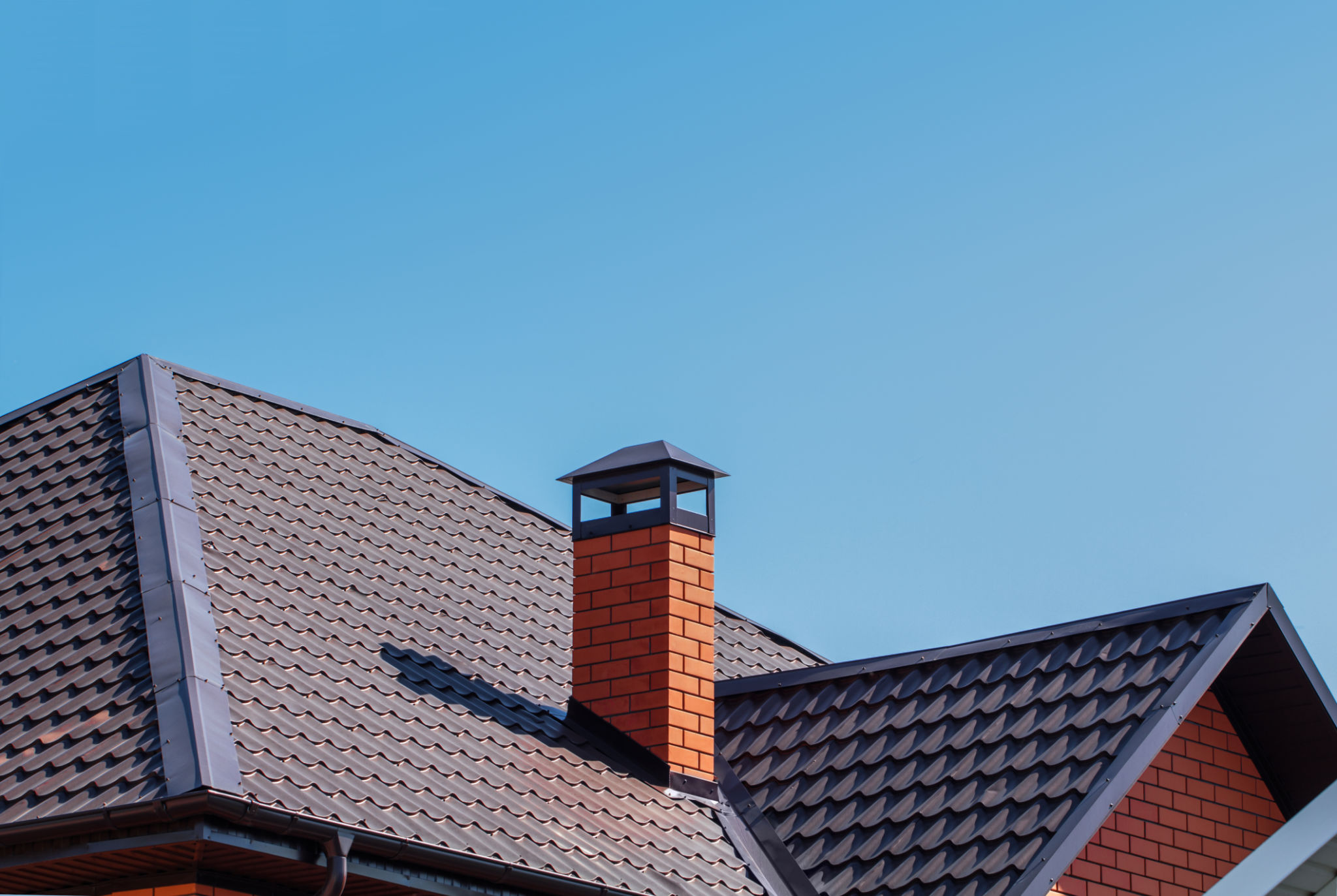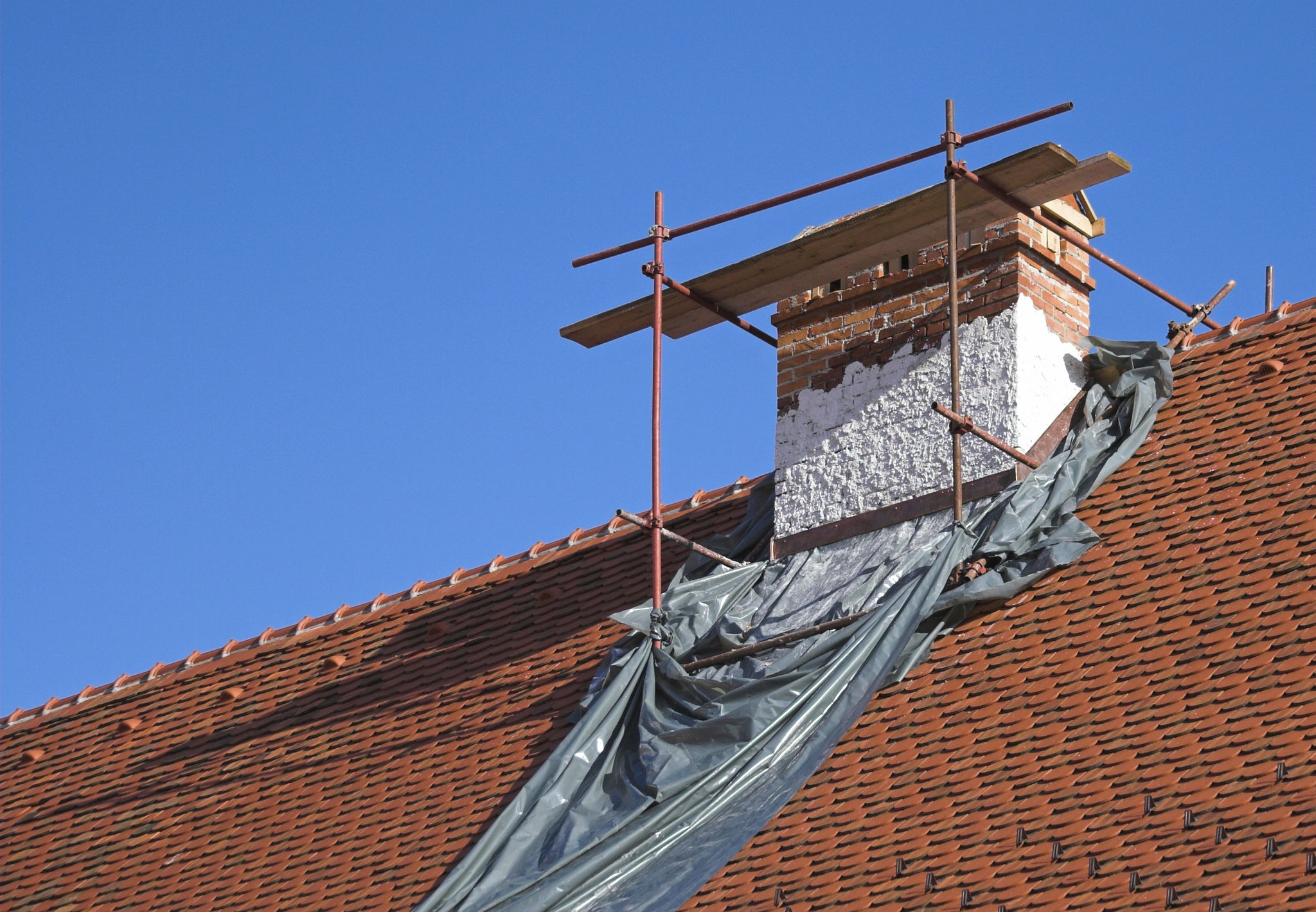DIY Tips for Basic Chimney Maintenance
Understanding Your Chimney
Maintaining your chimney is crucial for ensuring the safety and efficiency of your home heating system. Whether you have a wood-burning fireplace or a gas heating system, regular maintenance can prevent potential hazards like chimney fires or carbon monoxide poisoning. Understanding the basic structure of your chimney can help you identify areas that might need attention.
Chimneys are composed of several parts including the flue, the chimney cap, and the damper. Each of these components plays a vital role in venting smoke and gases safely out of your home. Familiarizing yourself with these parts can make maintenance tasks easier and more effective.

Essential Tools for Chimney Maintenance
Before diving into chimney maintenance, it's important to equip yourself with the right tools. Some basic tools you might need include a stiff-bristled chimney brush, a long-handled brush, protective gloves, safety goggles, and a dust mask. Having these tools on hand will make your maintenance tasks safer and more efficient.
Additionally, a flashlight or headlamp is essential for inspecting dark areas within the chimney. A ladder will also be necessary if you plan to inspect the chimney cap or other external components. Ensure your ladder is stable and suited for outdoor use to prevent accidents.
Inspecting the Chimney Cap
The chimney cap is a crucial component that prevents rain, debris, and animals from entering your chimney. Regular inspection of the chimney cap is essential to ensure it's in good condition. Look for signs of rust, damage, or any blockages that could impede airflow. If the cap is damaged, consider replacing it to maintain optimal chimney function.

Cleaning the Chimney Flue
Cleaning the chimney flue is one of the most important aspects of chimney maintenance. Soot and creosote buildup can reduce airflow and increase the risk of chimney fires. To clean the flue, use a chimney brush that matches the size and shape of your flue. Scrub thoroughly to remove any buildup.
If you're uncomfortable cleaning the flue yourself, hiring a professional chimney sweep is a wise alternative. Professionals can ensure that every part of your chimney is thoroughly cleaned and that no hazardous materials are left behind.
Checking the Chimney Damper
The damper controls airflow within your chimney and helps regulate heat. Ensure that it opens and closes smoothly and check for any signs of rust or damage that could affect its function. A properly functioning damper can improve energy efficiency and prevent drafts in your home.

Preventing Future Issues
Regular inspections and cleanings are key to preventing future issues with your chimney. Establishing an annual maintenance schedule can help you stay on top of potential problems before they become serious hazards. Keep an eye on weather-related wear and tear, especially after storms or heavy winds.
Consider installing a chimney liner if your chimney doesn’t have one already. Liners provide an extra layer of protection against creosote buildup and help contain heat within the flue, improving safety and efficiency.
When to Call a Professional
While DIY maintenance is important, there are times when calling a professional is necessary. If you notice persistent issues such as smoke backing up into your home, strange odors, or visible cracks in the masonry, it's time to consult an expert. Professionals have the tools and expertise to diagnose and fix complex problems safely.
Regular professional inspections can also provide peace of mind, ensuring that your chimney is in top condition before each heating season.